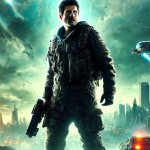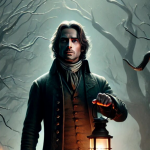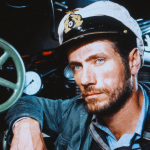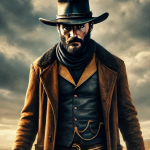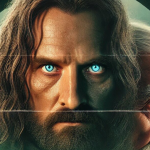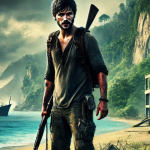The Last of the Mohicans (1992): A Timeless Epic of Love, Honor, and Survival
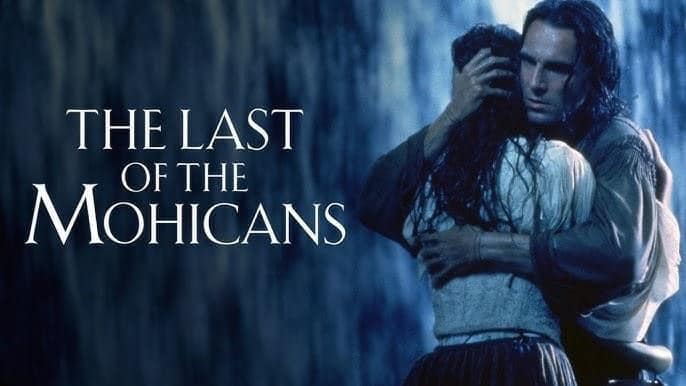
The Last of the Mohicans, directed by Michael Mann and released in 1992, stands as a cinematic masterpiece that merges historical drama with sweeping adventure. Based on James Fenimore Cooper’s 1826 novel of the same name, the film is set against the backdrop of the French and Indian War in the mid-18th century, a conflict that saw British and French forces, along with their Native American allies, vying for control of North America.
Plot Overview
At the heart of the story is Hawkeye, or Nathaniel Poe (played by Daniel Day-Lewis), a white man adopted and raised by the last members of the Mohican tribe—Chingachgook (Russell Means) and his son Uncas (Eric Schweig). As the war rages on, Hawkeye and his companions are thrust into the violent conflict between the British, French, and various Native American tribes. When they rescue the daughters of a British colonel, Cora Munro (Madeleine Stowe) and Alice Munro (Jodhi May), from a treacherous Huron attack, they become embroiled in a perilous journey through the American wilderness. Amidst the chaos of war, a romance blooms between Hawkeye and Cora, adding a deeply human element to the story’s exploration of survival, honor, and cultural identity.
Performances and Characterization
Daniel Day-Lewis, known for his method acting and dedication to his roles, delivers a powerful performance as Hawkeye. His portrayal of the rugged frontiersman is layered with intensity, capturing both Hawkeye’s deep connection to Native American culture and his inner conflict as a man caught between two worlds. Day-Lewis underwent extensive training to authentically portray a man of the wilderness, even living in the wild for several weeks to fully embody the character’s resilience and survival skills.
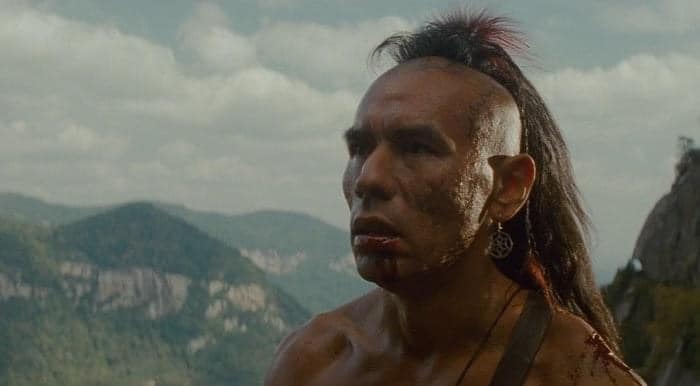
The supporting cast also shines, with Russell Means and Eric Schweig delivering strong performances as Chingachgook and Uncas, the last members of the Mohican tribe. Madeleine Stowe’s portrayal of Cora Munro adds emotional depth to the film, as her character navigates the dangerous world of war while developing a relationship with Hawkeye.
Visuals and Cinematography
One of the most striking aspects of The Last of the Mohicans is its breathtaking cinematography. Shot on location in the Blue Ridge Mountains of North Carolina, the film captures the natural beauty of the American wilderness with sweeping vistas, cascading waterfalls, and dense forests. The landscape becomes a character in itself, reflecting the wild and untamed spirit of the era. Cinematographer Dante Spinotti’s work helps elevate the film from a simple historical drama to an epic visual experience.
Musical Score
The film’s score, composed by Trevor Jones and Randy Edelman, is another standout element. The music enhances the emotional weight of the story, with the main theme, “The Gael,” becoming iconic for its powerful and evocative melody. The combination of orchestral elements with traditional Native American sounds creates a hauntingly beautiful score that resonates long after the film ends.
Themes
At its core, The Last of the Mohicans is a story about survival, identity, and love in the face of overwhelming adversity. The film delves into the complexity of cultural identity, as Hawkeye navigates his place between two worlds—the colonial settlers and the Native Americans who raised him. Themes of honor and duty are explored through the characters’ choices during the brutal war, while the love story between Hawkeye and Cora adds a timeless and emotional layer to the narrative.
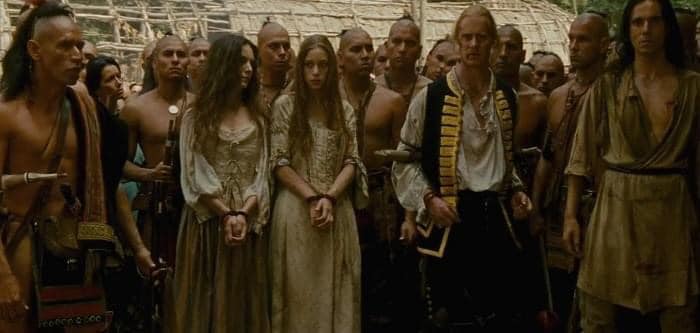
Cultural Impact and Legacy
The Last of the Mohicans received widespread acclaim upon its release, with praise directed at its epic scope, stunning visuals, and Day-Lewis’s magnetic performance. The film’s portrayal of Native American culture was also commended for its authenticity and sensitivity, which was bolstered by the involvement of Native American actors and consultants during production.
The film has since become a classic in the adventure genre, continuing to be celebrated for its craftsmanship and storytelling. Its influence can be seen in subsequent historical epics that aim to combine action, romance, and cultural commentary in a similarly engaging manner.
Conclusion
The Last of the Mohicans remains a timeless piece of cinema that expertly balances historical drama with emotional depth and breathtaking visuals. Michael Mann’s direction, coupled with standout performances and an unforgettable score, ensures that this 1992 epic will continue to captivate audiences for years to come. Its themes of love, honor, and survival resonate across generations, making it a quintessential American epic.

